"I'll Go If You Go" podcast host Emily Harwitz shares everything you need to get started with nature journaling
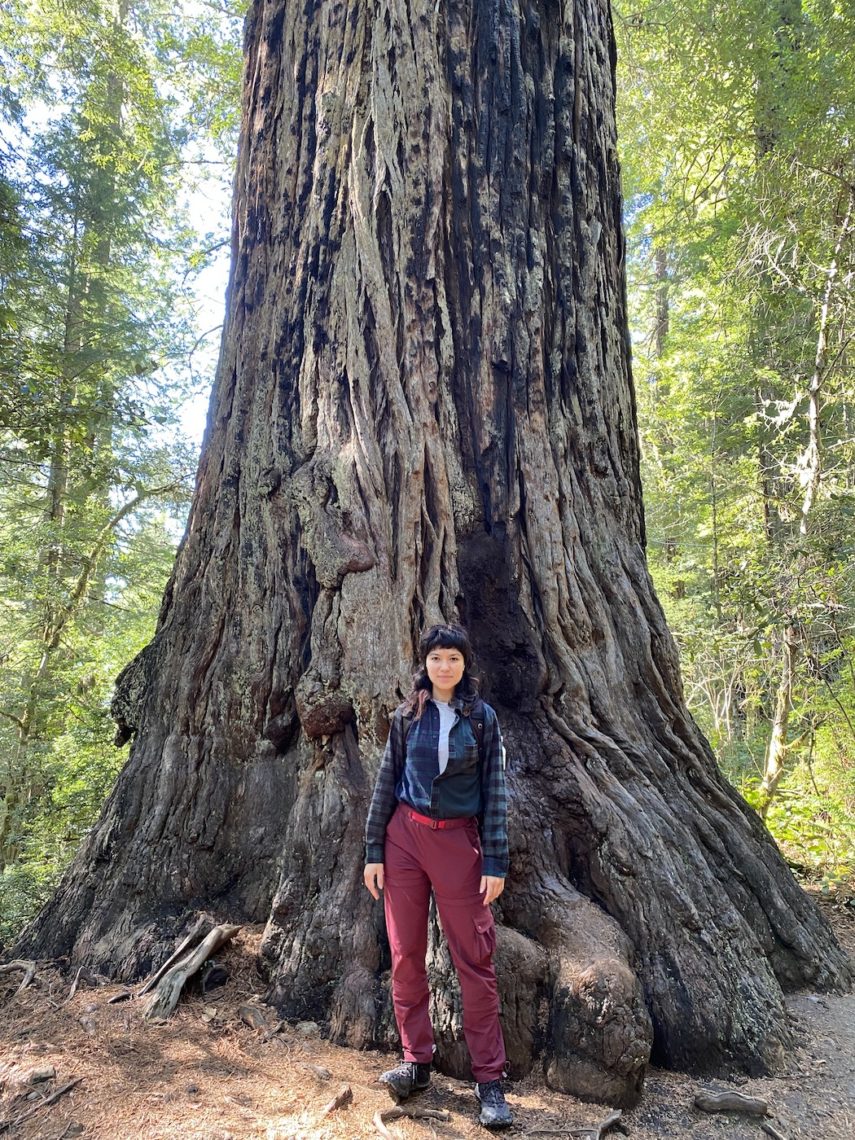
To be a naturalist or an artist—or of course both, like Clay Anderson—requires paying attention; to the world around you and how you respond to it. Nature journaling is one of the ways you can do that. It’s the practice of recording your observations, thoughts, questions, activities, and feelings in response to nature, whether that’s through writing or drawing. It can be an observation about your surroundings or how something in your environment makes you feel. In short, it’s a great way to ground yourself and get to know the land you’re on, nurturing your relationship to the natural world and your inner world.
There are as many ways to keep a nature journal as there are people doing it, but here’s one way you can get started with your own.
Nature journaling essentials
- Sketchbook. Get one with blank pages so you can put your thoughts down, no holds barred. Make this your dedicated nature journal so you can flip through the pages and see patterns emerge, or notice through your observations what happens as the seasons change.
- Pen, a fine marker, or pencil. I like to use a black micron pen or a basic black rollerball pen like this one. I love the basic rollerball pens because I’m not afraid to lose one. If you think you’ll want to add color, try using a blue pencil to sketch things out. It’ll blend more easily with other colors so you won’t see distinct outlines. Or, keep the bold outlines! A key part of nature journaling is exploring your own style. A standard graphite pencil is also a trusty implement. The best tool is the one you have on hand and know how to use.
- Bottle of water. Just because it’s important to stay hydrated. Plus, you can use it for your watercolor set.
Extra:
- Binoculars. These are key if you want to be able to spy on—I mean, closely observe—animals doing what they do. You can also use them for things like looking up into a tree to get the shape of its leaf.
- Colored pencils, colored markers, or a watercolor set. Bring these out into the field with you to color as you go.
- Field guides. You can get a field guide for birds, mammals, trees, wildflowers, insects, mushrooms, rocks…you name it! A field guide can help you identify what you’re seeing and put a name to a face. I like to know the names of who’s around me because then I feel like I’m out there saying hello to my neighbors. Knowing more about individual elements in the landscape can also help you understand how they work together as a whole ecosystem, and you can start to notice emergent properties arise. An emergent property is one which arises through the complex interactions of individuals in an ecosystem, but one that no individual has alone. This is one of my favorite things to think about—what properties emerge as we act in community?
Clay Anderson’s favorite birding field guides
- The Sibley Guide to Birds
- National Geographic Field Guide to Birds of North America
- Peterson Field Guide to Birds of North America
Digital apps for nature watching
If you have a smartphone, here are some (free) apps you can use to help you identify who’s around you:
- Seek by iNaturalist. Point your phone’s camera at something and let the app tell you what it is.
- Merlin. Record bird sounds with your phone and the app will return real-time suggestions for who’s singing. There’s also a built-in list of nearby birds based on your location. I use this one all the time!
- Audubon Bird Guide. The classic Audubon field guide, digitized. This app makes it easy to identify birds by size, color, tail shape, etc. Once you’ve identified the bird, you can learn all about them in the app.
- eBird. Explore maps with locations of nearby bird sightings.
OK now you’re ready to get out there and start nature journaling. What kind of observations do YOU include in your nature journal? Tell us in the comments below!
Learn more about Clay’s nature journaling class at Lake Merritt here.
“You can be a writer, you can be an artist, you can be both, you can be neither. It’s totally open to everybody.” —Clay Anderson
BONUS: Here are some other resources for learning about birds.
- All About Birds. The Cornell Lab’s bird website. This has everything. Clay Anderson-approved.
- Yurok Tribe Condor Livecam. Live stream of condors! Learn about the Yurok Tribe’s condor restoration program, in partnership with National Park Service and U.S. Fish and Wildlife Service.
- The Private Lives of Public Birds: Learning to Listen to the Birds Where We Live. From Bay Area publisher Heyday Books. A poetic exploration of what we can hear when we listen to birds. Just published!
- Sibley’s Birding Basics. Learn about what to pay attention to when identifying birds.
- Feminist Bird Club. An awesome inclusive birding community for all levels of birders. “The Feminist Bird Club is dedicated to promoting inclusivity in birding while fundraising and providing a safe opportunity for members of the LGBTQIA+ community, BIPOC, and women to connect with the natural world.” I met my friend Emily Joyner (part of the forest bathing crew in episode 2 of I’ll Go If You Go) at a casual birding event by this org!

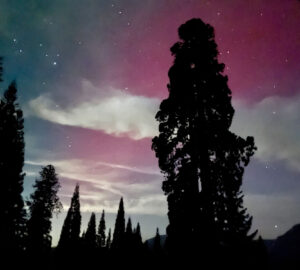
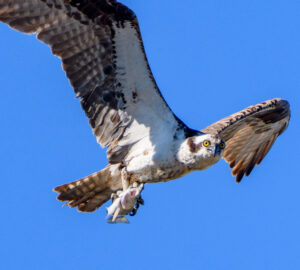
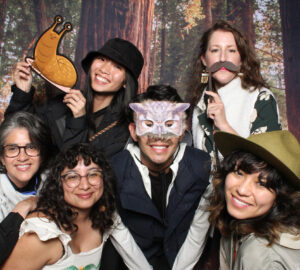
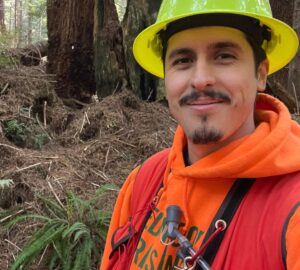
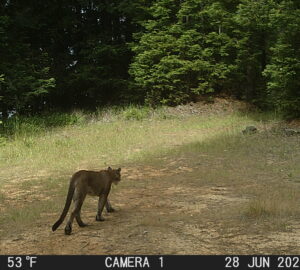
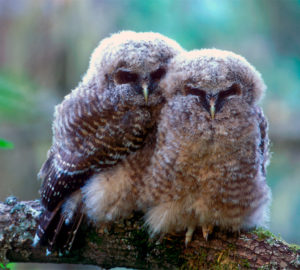
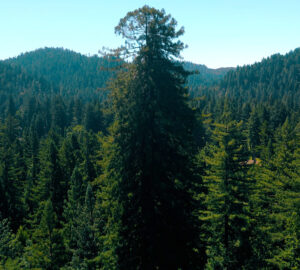
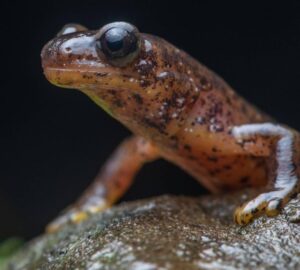
One Response to “A guide to nature journaling”
RPLA
What kind of observations are made in the current environment?
Tel-u